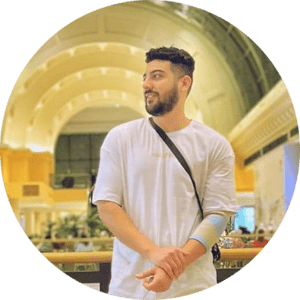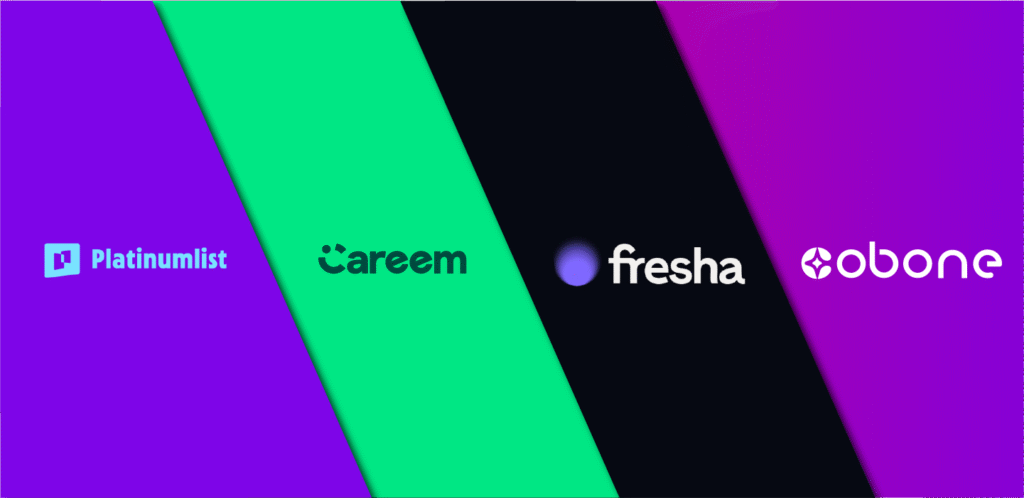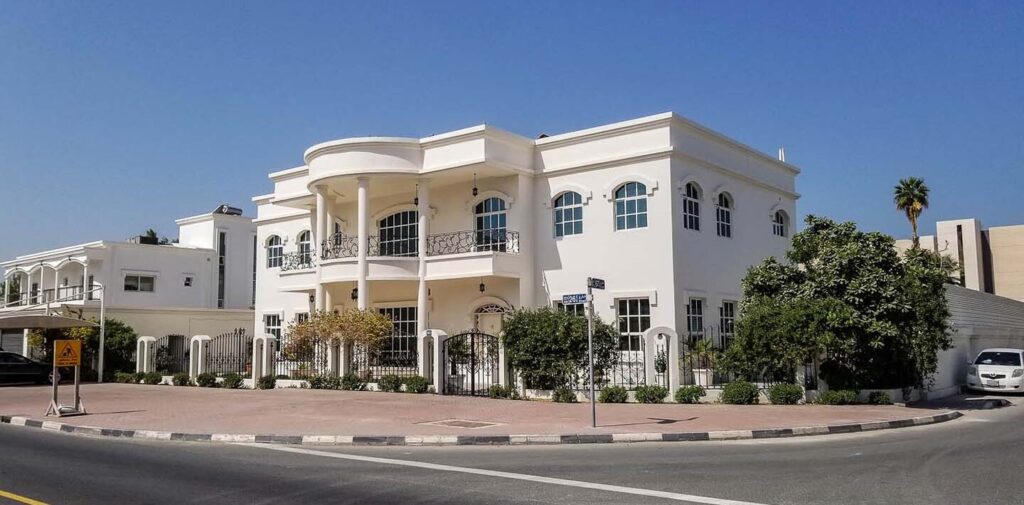Digital Value Dynamics in the UAE: Super-App Expansion Vs Niche Specialization
I. Strategic Market Overview and Competitive Segmentation The competitive landscape for deals, discounts, and event platforms in the United Arab Emirates is defined by a fierce struggle between two fundamentally opposed business models: the horizontal aggregation of Super-Apps and the deep vertical specialization of Niche Platforms. The UAE, being the region’s most mature digital marketplace, provides fertile ground for this conflict, propelled by a technology-savvy population and mandated digital identity frameworks. With the e-commerce market robustly valued at 293.58 billion AED and forecast for substantial growth, the fight centers on capturing and retaining consumer attention, which overwhelmingly resides on mobile platforms—smartphones contributed 79% of all e-commerce sales in 2025. A. The Ecosystem Dichotomy: Niche Specialists vs. Super-App Forces The market is currently polarized. On one side are the Super-Apps, characterized by their horizontal expansion and focus on convenience. Careem exemplifies this approach, aiming to be the “everything app” by providing mobility, food, grocery delivery, and fintech solutions. This strategy is driven by the “insatiable need for convenience” felt by UAE residents, many of whom prefer to consolidate multiple services into a single, multi-faceted platform. For these platforms, the objective is not just to facilitate a transaction but to compete for user devotion across their entire digital life. Opposing them are the Niche Specialists, whose survival hinges on offering superior depth, value, or a critical technological solution within a constrained vertical. Platforms such as The Entertainer (focused on BOGO lifestyle incentives), Platinumlist (specialized event ticketing infrastructure), Fresha (B2B software for wellness and beauty), and Rayna Tours (deep B2B and B2C travel/DMC services) maintain relevance by providing value that horizontal apps cannot easily replicate. B. The Asymmetric Warfare of Capital and Data A defining characteristic of this competitive environment is the structural financial difference between the two camps. Super-Apps, having secured massive capital backing Uber’s acquisition of Careem and subsequent investment from e& (Etisalat by e&) can afford to treat deals, offers, and discounts (such as Careem Dine Out or event ticketing integrations) not as primary profit centers but as powerful cost-of-retention tools. Cost of retention is the total expense a business spends to keep existing customers engaged and loyal, including things like loyalty programs, discounts, customer support, and marketing campaigns.👉 In short: it’s how much it costs to keep a customer vs. acquiring a new one. The financial scale of these entities allows them to cross-subsidize losses in a deals vertical using the profitability and volume generated by their core mobility or fintech segments. In contrast, platforms whose primary or sole business relies on offering deals (like Cobone or The Entertainer) must ensure their discounts generate immediate, dedicated profit. This reliance on deals for core revenue places Niche Specialists at a profound disadvantage, as they cannot sustainably match the subsidized pricing strategies of Super-Apps. This forces niche platforms into difficult strategic choices: either retreating to hyper-specialization (Fresha, Raynatours) or reinforcing the absolute core value proposition (The Entertainer’s non-negotiable BOGO guarantee). A powerful defense mechanism against this overwhelming Super-App aggregation is the establishment of a B2B Software-as-a-Service (SaaS) moat. While Careem and its peers dominate B2C aggregation, platforms like Fresha in the spa and salon sector and Platinumlist in the events space are building high switching costs by becoming indispensable operational partners for merchants. By providing the core software for scheduling, POS, inventory, and detailed customer data management, they embed themselves deep within the merchant’s operational workflow. II. The Battle for the Screen: User Experience, Trust, and Technological Agility User Experience (UX) in the UAE’s mobile-dominant market is not just about aesthetics; it is the fundamental driver of trust and conversion. The competitive analysis reveals stark differences in UX quality, trust mechanisms, and the sophistication of personalization technology between the Niche Specialists and the Super-Apps. A. The UX Penalty of Transactional Deals Platforms For many transactional deal platforms, the user journey is plagued by issues of perceived deception and high friction, resulting in a demonstrable erosion of customer trust. Platforms such as Cobone face explicit consumer complaints that the perceived value is undermined by the alleged manipulation of original retail prices. Users report that discounts are applied to “fake original prices,” resulting in a real saving of only around 5%, not the advertised 50% or 60%. This perception of price inflation undermines the platform’s core premise, leading to an Inverted Price Elasticity of Trust. Further damaging the user experience is the documented friction during deal redemption at the point of service. Merchants, particularly in the Food & Beverage sector, are sometimes reported to engage in tactics to avoid honoring deals offered through platforms like The Entertainer. This includes staff purposefully canceling orders, claiming technical difficulties with scanning voucher codes, or fabricating reasons not to deliver, demonstrating a critical failure in contractual fulfillment and enforcement on the platform side. B. Super-App UX: Ubiquity and Frictionless Integration Super-Apps counter these friction points with ubiquity and seamless transactional flows. They benefit immensely from the UAE’s maturing digital payments infrastructure, including the widespread adoption of digital wallets and the integration of financial instruments like Buy Now Pay Later (BNPL), which reached 8.99 billion AED in payments in 2025. This infrastructure allows Super-Apps to provide highly simplified and secure mobile payment experiences, crucial for high conversion rates. This brings to light a critical UX factor related to third-party integration. When Super-Apps rapidly expand by incorporating external services via API, they rely heavily on the quality control of those external partners. If the user receives a poor service experience (e.g., a late delivery or an unreliable rental car) from a third party booked via the Super-App, the Super-App itself bears the full reputational damage. The future UX challenge for these platforms will therefore pivot from achieving mere integration volume to establishing rigorous governance and standardization across all third-party experiences, dedicating heavy investment to quality assurance to prevent a fragmented, negative experience from undermining overall trust. C. AI and Hyper-Personalization as the New UX Battleground In response to the growing demand for customized experiences, both major models are
Digital Value Dynamics in the UAE: Super-App Expansion Vs Niche Specialization Read More »


